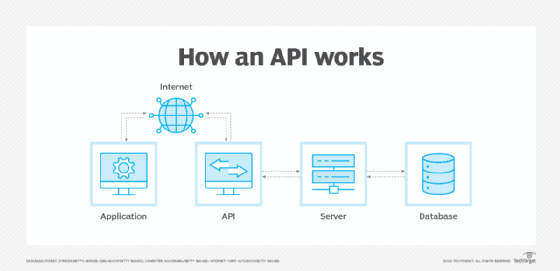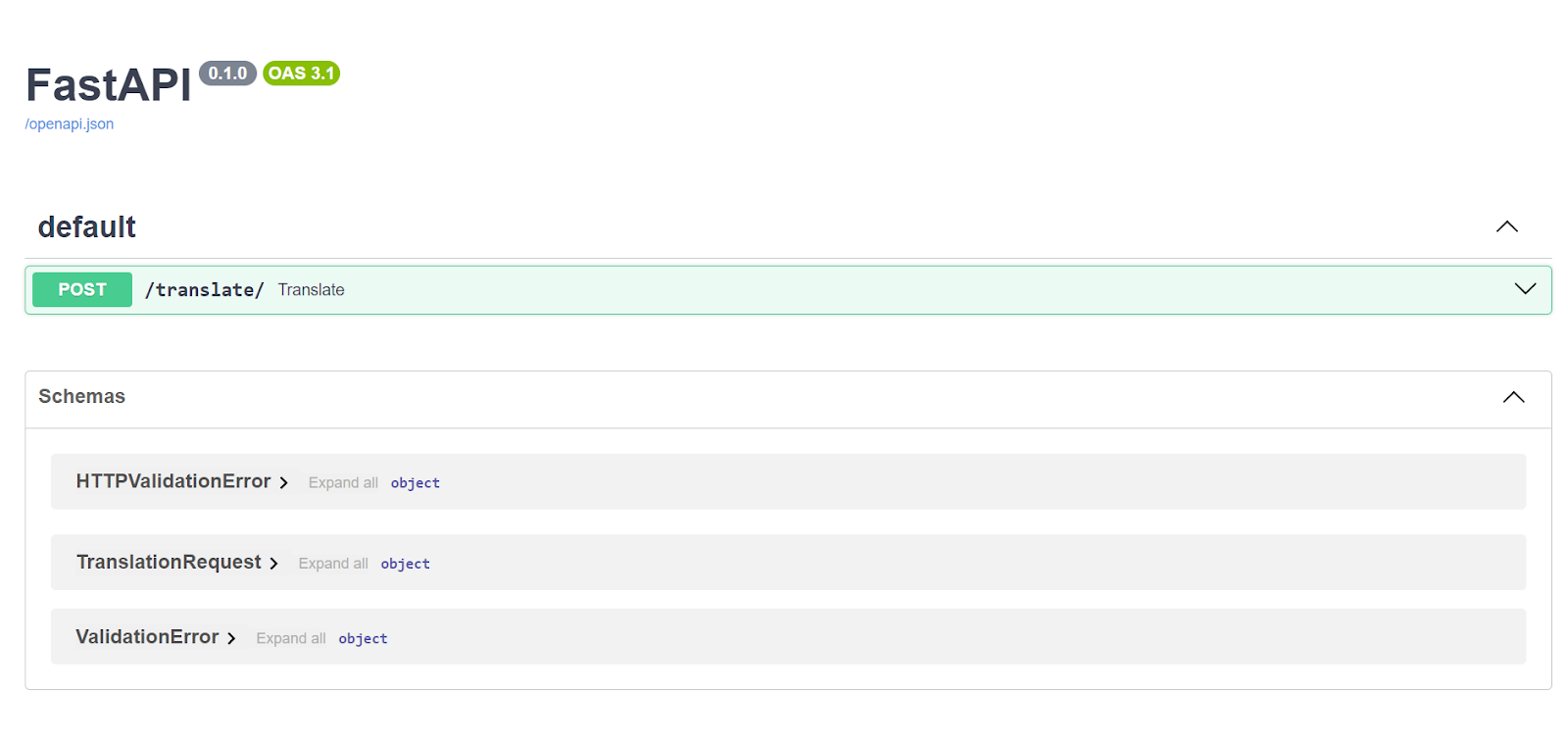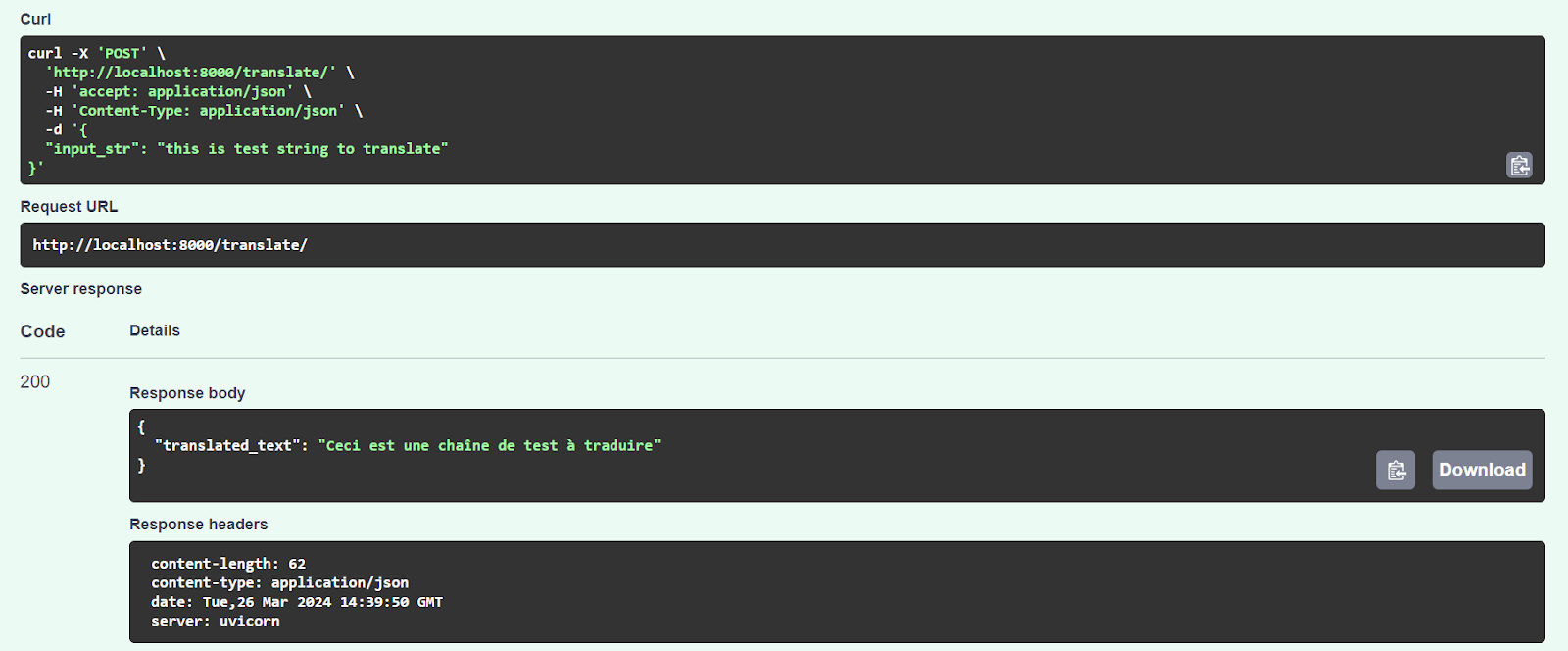course
Serving an LLM Application as an API Endpoint using FastAPI in Python
Unlock the power of Large Language Models (LLMs) in your applications with our latest blog on "Serving LLM Application as an API Endpoint Using FastAPI in Python." LLMs like GPT, Claude, and LLaMA are revolutionizing chatbots, content creation, and many more use-cases. Discover how APIs act as crucial bridges, enabling seamless integration of sophisticated language understanding and generation features into your projects.
Apr 2024
Continue Your AI Journey Today!
2 hours
20.9K
course
Developing LLM Applications with LangChain
4 hours
3.4K
course
Introduction to LLMs in Python
4 hours
3.9K
See More
RelatedSee MoreSee More
cheat sheet
The OpenAI API in Python
ChatGPT and large language models have taken the world by storm. In this cheat sheet, learn the basics on how to leverage one of the most powerful AI APIs out there, then OpenAI API.
Richie Cotton
3 min
tutorial
How to Build LLM Applications with LangChain Tutorial
Explore the untapped potential of Large Language Models with LangChain, an open-source Python framework for building advanced AI applications.
Moez Ali
12 min
tutorial
How to Train a LLM with PyTorch
Master the process of training large language models using PyTorch, from initial setup to final implementation.
Zoumana Keita
8 min
tutorial
An Introductory Guide to Fine-Tuning LLMs
Fine-tuning Large Language Models (LLMs) has revolutionized Natural Language Processing (NLP), offering unprecedented capabilities in tasks like language translation, sentiment analysis, and text generation. This transformative approach leverages pre-trained models like GPT-2, enhancing their performance on specific domains through the fine-tuning process.
Josep Ferrer
12 min
code-along
Introduction to Large Language Models with GPT & LangChain
Learn the fundamentals of working with large language models and build a bot that analyzes data.
Richie Cotton
code-along
Chat with Your Documents Using GPT & LangChain
In this code-along, Andrea Valenzuela, Computing Engineer at CERN, and Josep Ferrer Sanchez, Data Scientist at the Catalan Tourist Board, will walk you through building an AI system that can query your documents & data using LangChain & the OpenAI API.
Andrea Valenzuela





